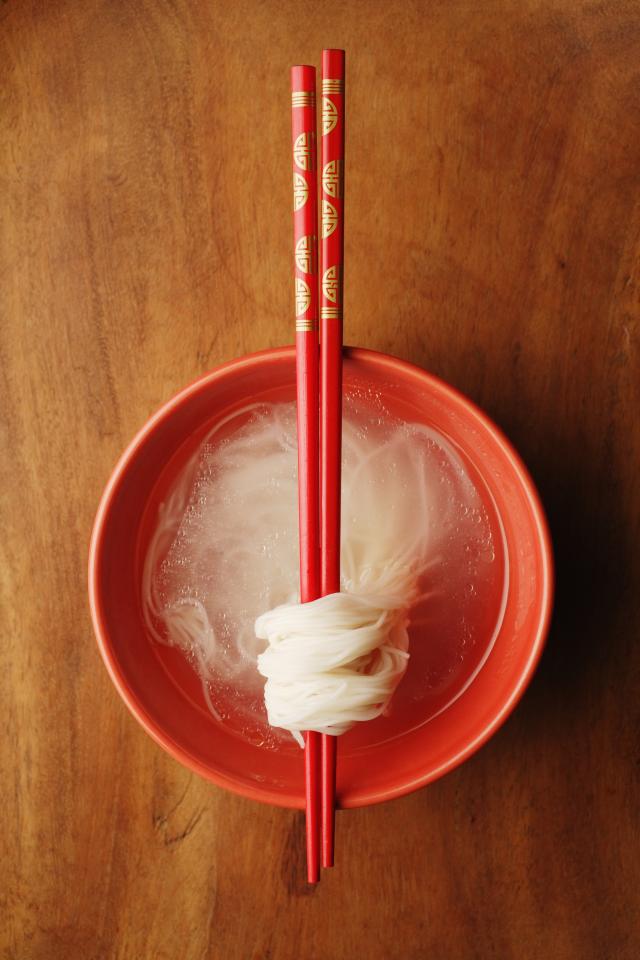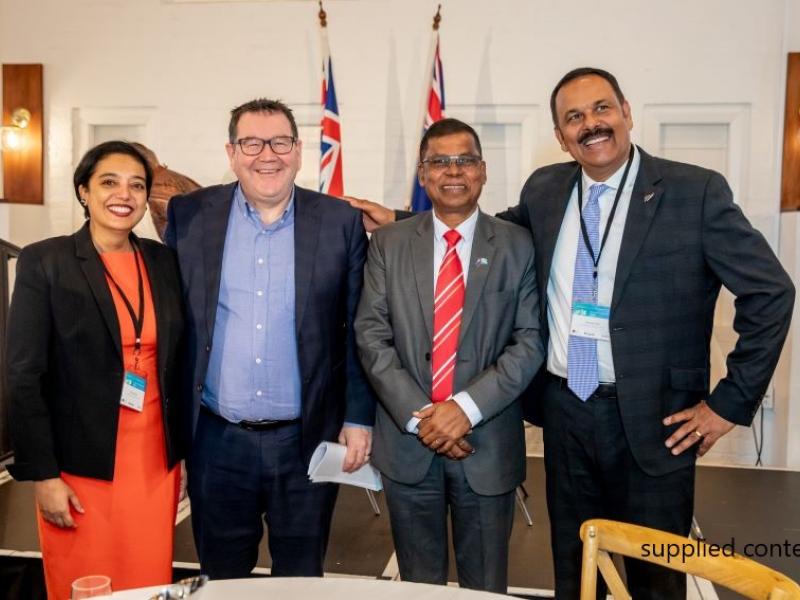By Stephen Jacobi.
The course of trade negotiations rarely runs smooth. Lately the Trans-Pacific Partnership (TPP) has been in the headlines, as President Obama sought – and achieved - authority to negotiate a deal that Congress could accept or reject, but not amend. This mandate is critical to ensure the other eleven parties - particularly Japan and Canada - come to the table with realistic negotiating offers on agriculture and show flexibility in dealing with remaining issues.
For five years, trade negotiators from twelve TPP economies have been working towards an ‘ambitious and comprehensive’ free trade agreement (FTA) that would bring together around forty per cent of world trade. As with all trade negotiations, TPP discussions have taken place behind closed doors, but with a number of fundamental issues apparently up for debate at such a late stage, it’s easy to become cynical about the process.
So why do we bother with free trade agreements?
Why FTAs?
For a small economy like New Zealand, FTAs are a vital tool in ensuring our goods get onto the shelves and remain competitive. They help exporters access new markets and increase the pool of consumers, who also benefit by access to a greater variety of goods, increased competition and in theory, better prices.
From a global perspective, the significance of trade negotiations also has to do with the growing demand for food. The global population already exceeds 7.3 billion and over the next fifty years we will need to feed a lot more people. FAO and the World Bank estimate only ten percent of new demand can be met by new cropland, and only twenty percent from better use of existing cropland using existing technology.
This leaves some seventy percent of new demand to be met by technology and policy innovation. Trade agreements will play a vital role in improving market access, lowering the costs of doing business and linking supply and demand to provide the food and other resources the world so desperately needs.
The new trade agenda
The way we do business is changing. Old models based on imports and exports are giving way to increasingly complex value chains and networks. The focus is shifting from goods to services and investment, with new attention being paid to the speed and cost of doing business, and doing business “behind the border”.
While tariffs might seem outdated, New Zealand continues to face ludicrously high tariffs in a number of markets, particularly regarding agriculture. Canada applies tariffs of more than 200% to our dairy products, while our beef exports are subject to a quota in both Canada and the United States.
Tariffs must be put to bed, so that trade negotiations can focus on issues more suited to the 21st century like investment, supply chain connectivity, regulatory alignment and innovation.
Catching up in Korea
The recent FTA between New Zealand and Korea plainly illustrates both the benefits of FTAs and the risks of going it alone.
Korea is our sixth largest export goods market, yet until this year New Zealand was one of few developed economies not party to a free trade agreement and falling behind in a rapidly growing market. New Zealand kiwifruit exporters currently pay tariffs of 45%, while our major competitor Chile enjoys duty-free access. Our beef exporters must pay tariffs of 40%, an eight per cent disadvantage next to the US and the EU.
The FTA builds a pathway to tariff elimination for a number of key products for New Zealand including most dairy products, beef and kiwifruit and immediate tariff elimination on wine. Once the ratification processes are complete and the agreement comes into force, New Zealand exporters will save an estimated NZ $65 million in duties in the first year alone. Based on current trade, 98% of New Zealand’s exports will have duty and tariff-free access to South Korea within fifteen years.
As always with trade negotiations, reaching an agreement required some compromises. Tariffs remain in a few areas including milk powder and unprocessed deer velvet, but this must be weighed against the overall benefits of further leveling the playing field for the majority of New Zealand exports.
Current trade priorities
Such bilateral trade agreements have become increasingly important over the last decade, as progress in the World Trade Organisation (WTO) talks has stalled.
New Zealand was an early adopter of bilateral trade agreements back in 1983 with CER, still one of the world’s most comprehensive and successful trade agreements. Today we have FTAs with all major trading partners in Asia, except Japan and India. We are still one of the few countries to have FTAs with China as well as Hong Kong and Taiwan.
One of the criticisms frequently leveled at trade negotiations is the proliferating nature of FTAs as a ‘noodle bowl’ of over-lapping and sometimes contradictory agreements. While there is some truth in this, in the Asia Pacific region the focus is now shifting towards negotiating ‘mega-regional’ deals like TPP and the Regional Comprehensive Economic Partnership (RCEP).
If TPP is successfully concluded, it would represent New Zealand’s first FTA with three of the most protected agricultural economies - the US, Japan and Canada. However it remains to be seen whether TPP will live up to the negotiators’ vision.
From a New Zealand perspective an ‘ambitious and comprehensive’ agreement means one which, over time, results in tariff elimination for all products for all participants with all participants sharing equally in the benefits. Comprehensive treatment does not mean that all products need to be treated equally – there can be differing timetables for tariff reduction and elimination, there can be safeguards, there can be compensatory actions – but the end point – zero – should be clear.
It now appears that some TPP economies have departed from the consensus around these issues – Japan and Canada appear to want to continue to exempt some products from tariff elimination, while Australia and Japan concluded a bilateral FTA that sets a low benchmark for liberalisation.
Should TPP prove impossible to conclude, RCEP offers another possible pathway to the vision of a more seamless Asia Pacific. RCEP brings together sixteen economies – ASEAN, plus Australia, New Zealand, China, Korea, Japan, and India – and covers much of the same territory as TPP, although there is even less alignment on the merits of trade liberalisation.
Both TPP and RCEP are seen as pathways to a further, more ambitious initiative: the Free Trade Area of the Asia Pacific (FTAAP), bringing together all 21 APEC member economies.
Meanwhile, New Zealand continues bilateral trade negotiations with India. An FTA with the Gulf Co-operation Council awaits ratification, while negotiations with the Customs Union of Russia, Belarus and Kazakhstan are currently on hold due to political issues surrounding the Ukraine. Potential new partners are emerging in Eurasia, Latin America and Africa.
The next cab off the rank we hope will be the European Union, another major partner for a range of sectors.
Get involved
Exporters have an important role to play in helping identify current barriers to trade, negotiating approaches and future opportunities. The New Zealand International Business Forum regularly consults with companies to identify such barriers and solutions.
In addition, the Ministry of Foreign Affairs and Trade’s (MFAT) Trade Negotiation Division consults with business and the wider public throughout the negotiation process.
For more information on the NZIBF, visit http://www.nzibf.co.nz
For information on current FTAs and negotiations, visit http://www.mfat.govt.nz/Trade-and-Economic-Relations/2-Trade-Relationships-and-Agreements/index.php





